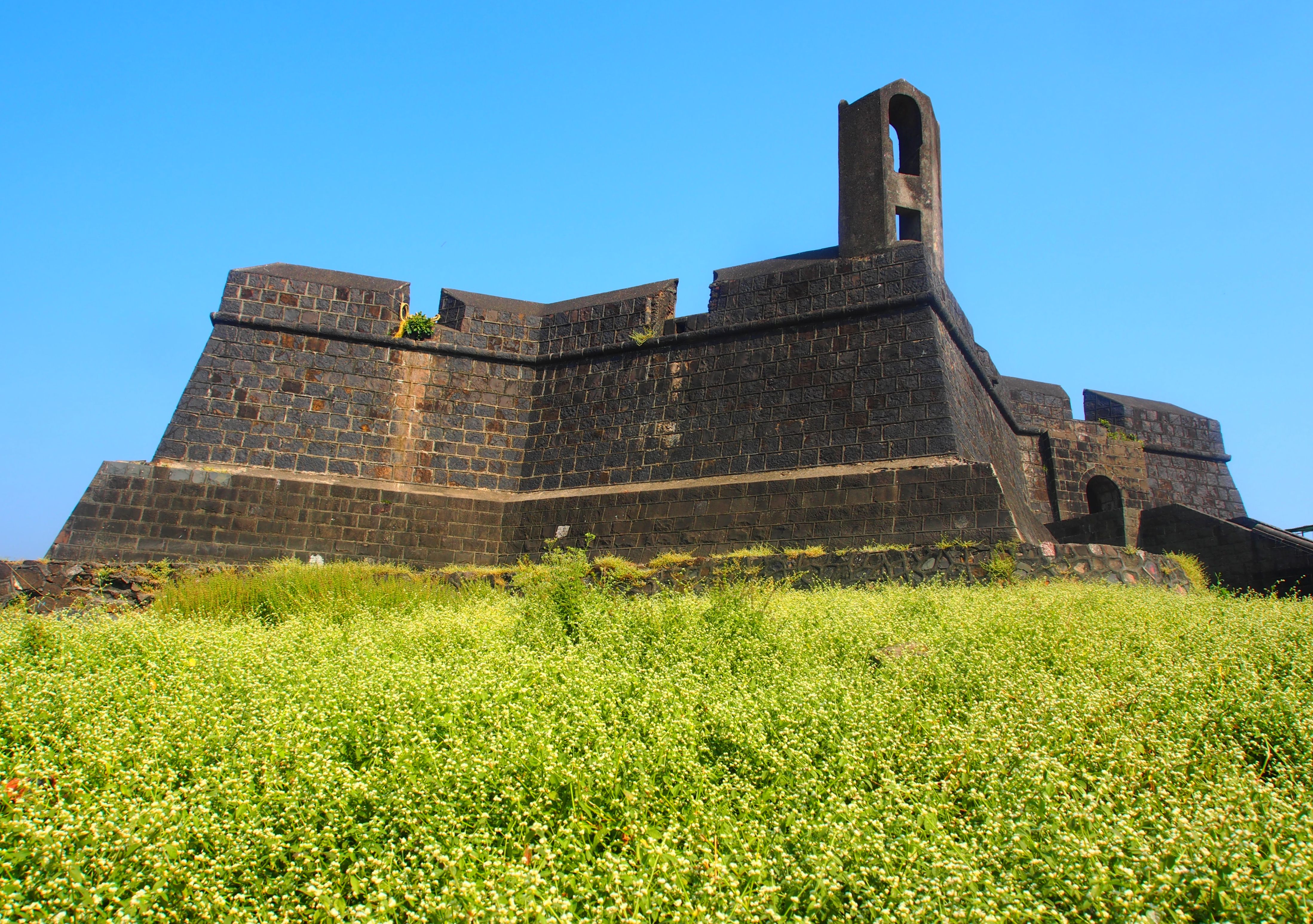Worli Fort stands as a commanding presence on Mumbai's coastline, embodying centuries of maritime history and colonial influence. Built in 1675 by the British, this coastal fortification emerged from earlier Portuguese foundations, creating a unique architectural fusion that reflects the colonial powers who shaped Mumbai's destiny. The fort's strategic position atop Worli Hill, overlooking the Arabian Sea and Mahim Bay, made it an invaluable asset in the defensive network established by the British East India Company.
The fort's genesis coincided with Mumbai's emergence as a vital port city. Its construction was driven by the pressing need to protect maritime trade routes and defend against pirates and rival naval powers. The British East India Company's decision to fortify this particular location demonstrates their astute understanding of Mumbai's strategic importance. Armed with seven cannons and additional smaller artillery pieces, Worli Fort served as both a deterrent and an active defensive position, safeguarding the growing commercial interests of the British Empire in western India.
The architectural brilliance of Worli Fort lies in its robust military engineering, which has withstood centuries of coastal weathering. Constructed primarily from local black basalt stone, the fort showcases the practical wisdom of 17th-century builders who understood the importance of using materials suited to the harsh maritime environment. The fort's design includes several sophisticated features: an arched gateway leading to a defensive tunnel, two strategic levels for maximum surveillance, and most notably, an ingenious built-in well system that ensured water security during potential sieges. The thick, sturdy walls not only provided defensive strength but also served as excellent observation posts for monitoring maritime activities.
Beyond its military significance, Worli Fort, known locally as Worli Killa, has become deeply intertwined with the cultural fabric of Mumbai's fishing community. The Koli community, the city's original inhabitants, has lived in the fort's shadow for generations, creating a unique symbiosis between the military structure and local maritime traditions. The fort's surroundings, including the Batteri Tip Jetty and traditional fish drying grounds, tell the story of how a military installation became an integral part of a thriving fishing village's daily life.
The fort's transformation from a military installation to a cultural landmark mirrors Mumbai's own evolution from a collection of fishing villages to a global metropolis. Local folklore has enriched the fort's history with tales of hidden treasures, mysterious underground passages, and supernatural occurrences. These stories, passed down through generations, have added layers of cultural significance to the fort's historical importance, making it not just a monument but a repository of local heritage and community memory.
Recent years have seen a renewed focus on preserving and revitalizing Worli Fort. The State Directorate of Archaeology and Galleries, Maharashtra, has undertaken significant conservation efforts, including a major renovation project launched in 2022 with a budget of Rs 2 crore. This comprehensive restoration initiative encompasses not only architectural preservation but also modern amenities and landscaping improvements. The Brihanmumbai Municipal Corporation's initiative to illuminate the fort, initially during Diwali celebrations, represents a creative approach to highlighting this historical treasure in the modern urban landscape.
The ongoing rejuvenation of Worli Fort exemplifies a broader movement to integrate Mumbai's historical sites into contemporary urban life. Current development plans include educational installations, landscaped surroundings, and visitor amenities that aim to create an engaging historical tourism destination. These improvements seek to balance historical preservation with modern functionality, ensuring that the fort remains relevant to contemporary visitors while maintaining its historical integrity.
Today, Worli Fort serves as a bridge between Mumbai's past and present, offering visitors not only panoramic views of the city's evolving skyline but also a tangible connection to its maritime heritage. The fort's continued presence in Mumbai's urban landscape provides a crucial reminder of the city's strategic importance in colonial times and its enduring role as a maritime gateway to India. As Mumbai continues to grow and change, Worli Fort remains a steadfast symbol of the city's resilience and adaptability, inviting each new generation to discover the stories embedded in its ancient stones.





